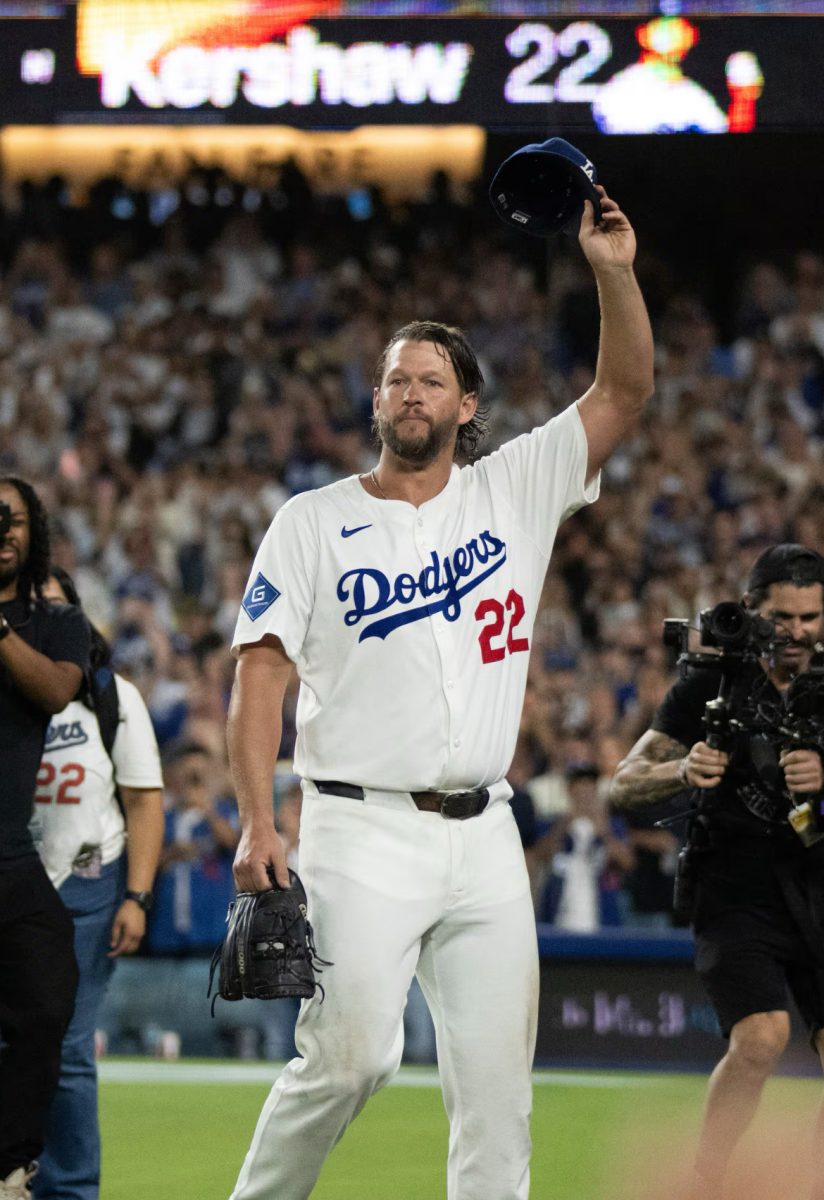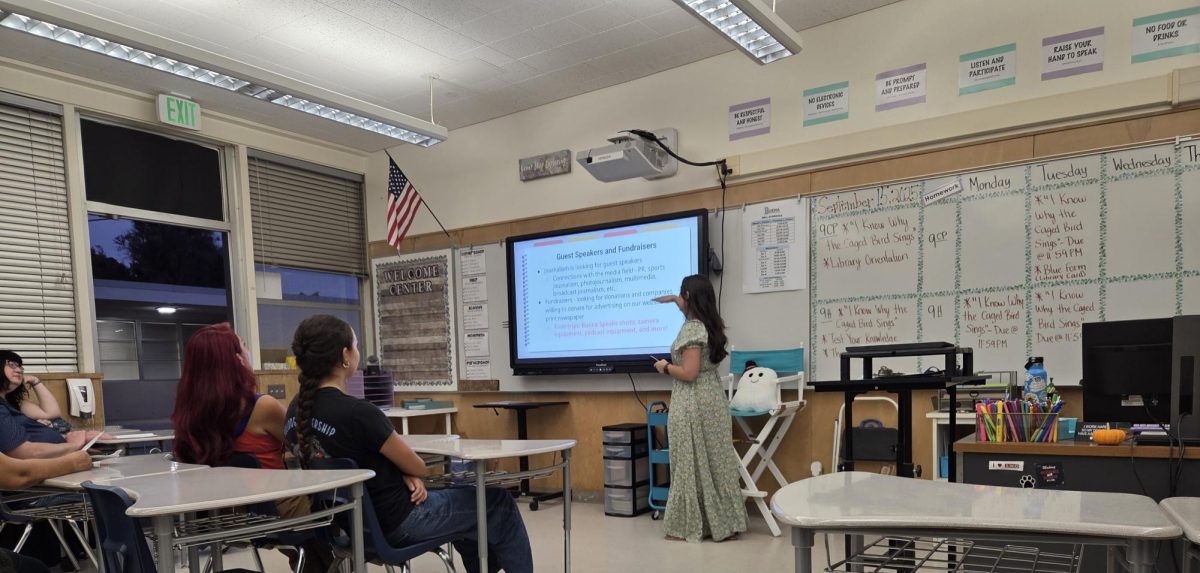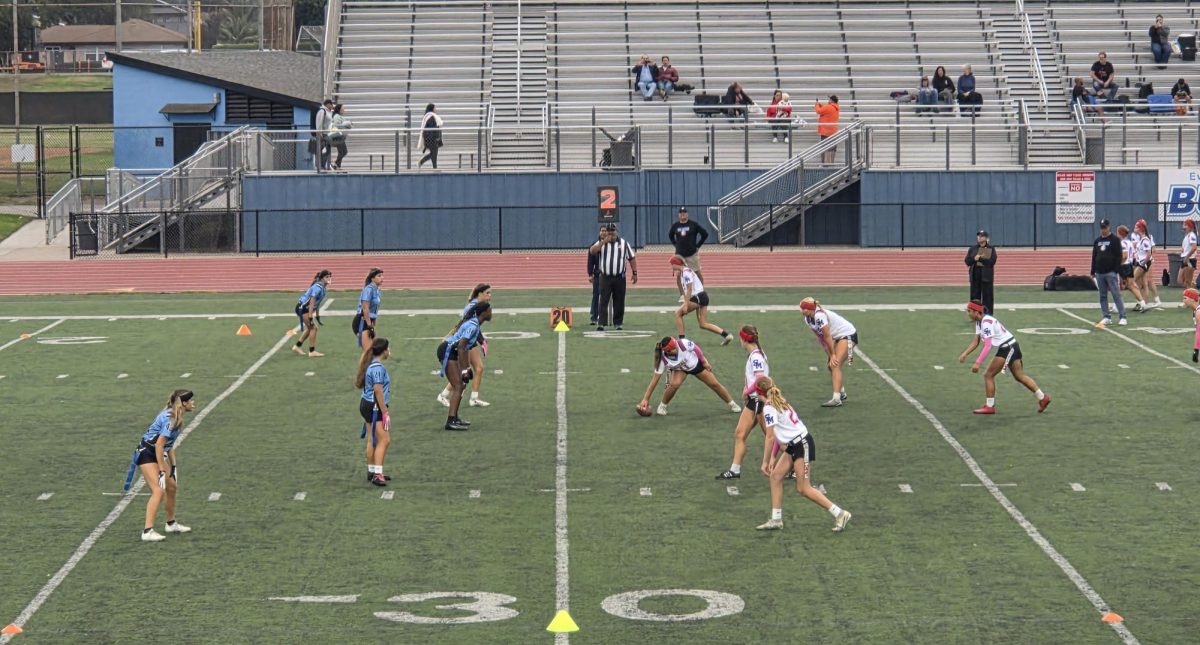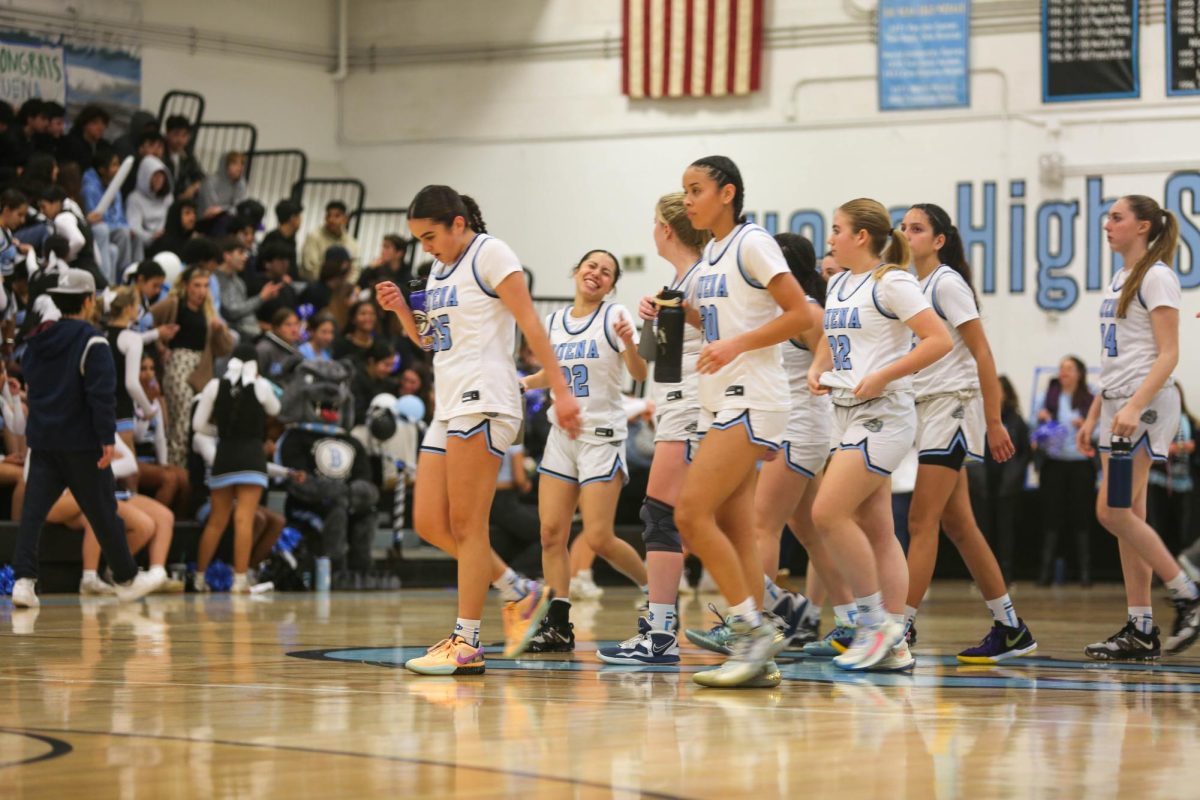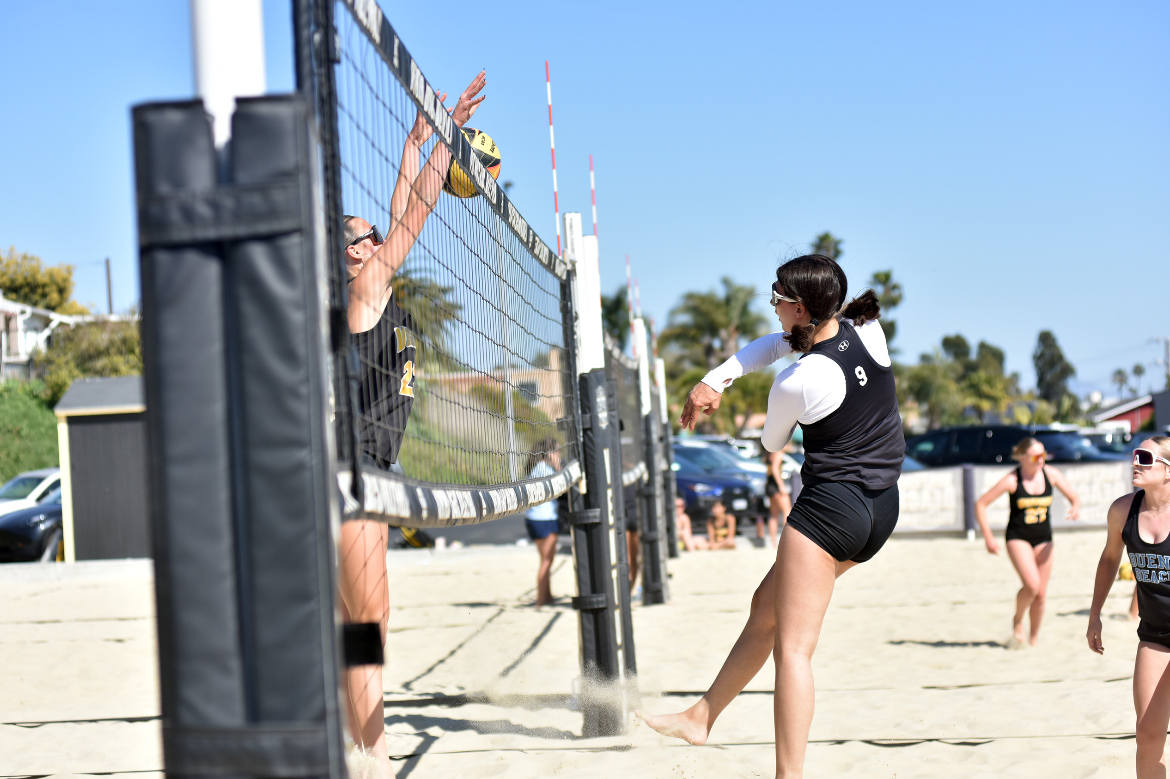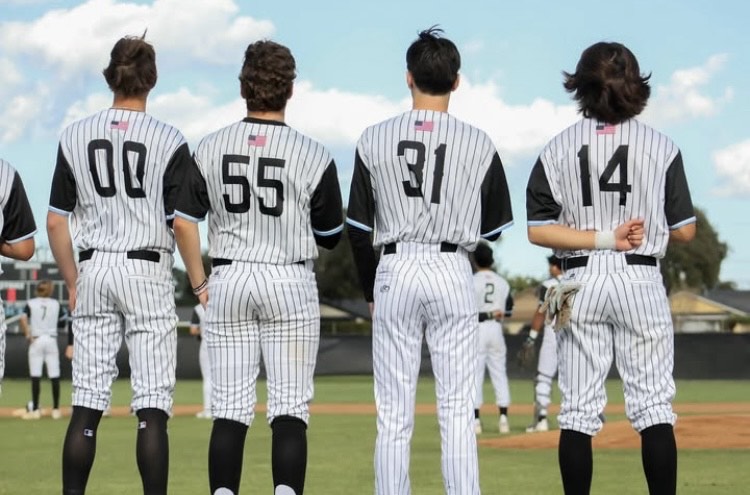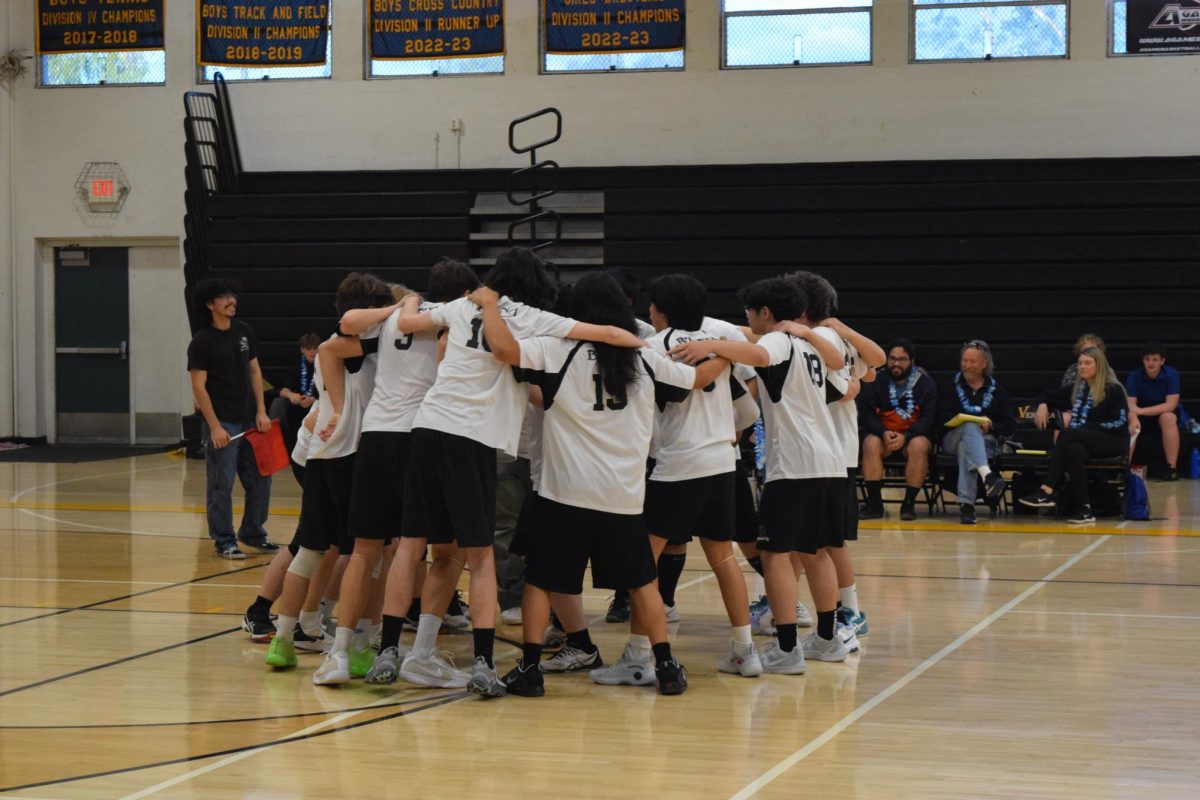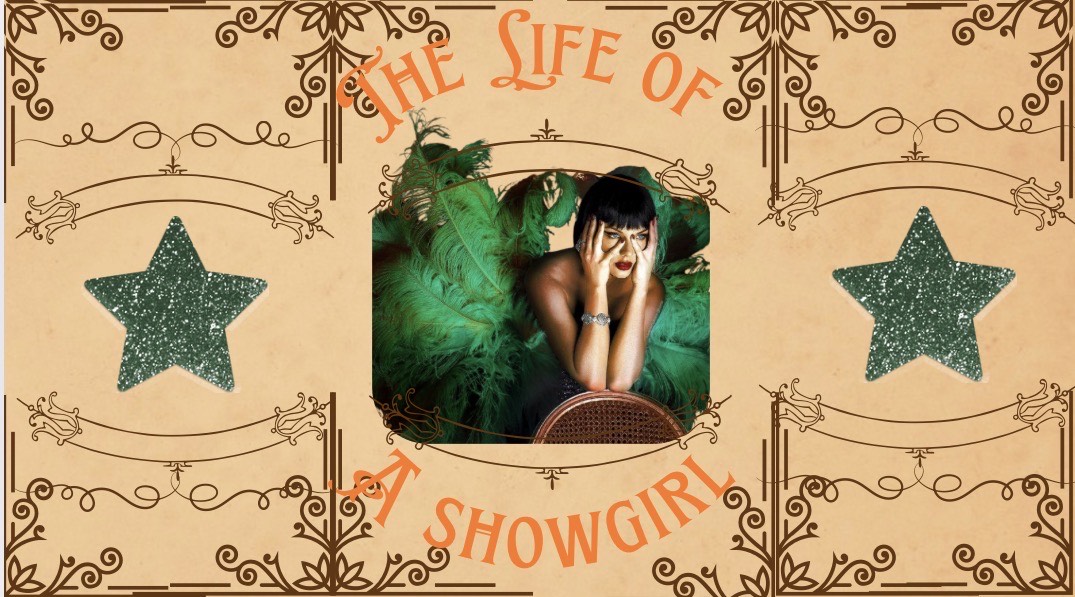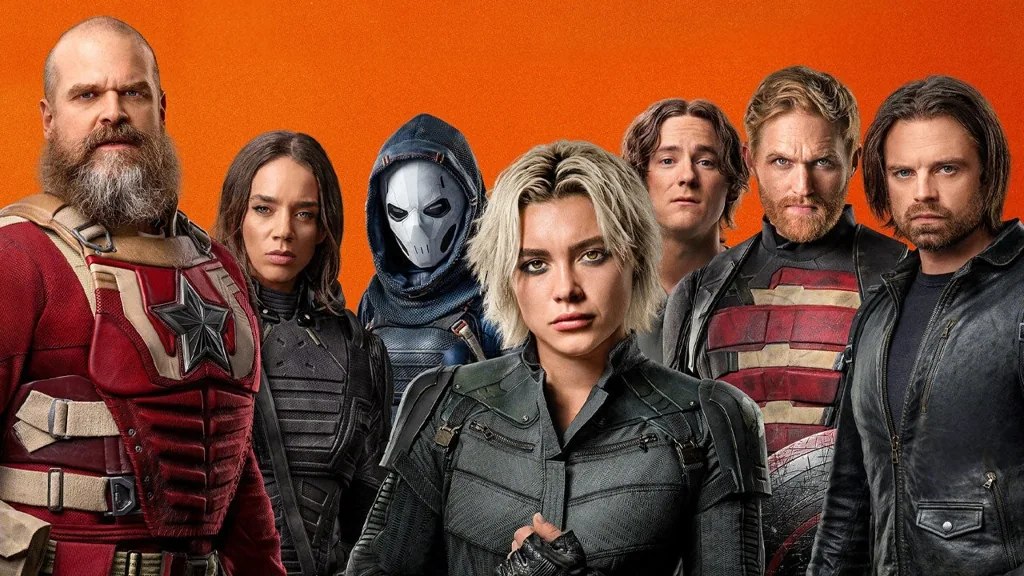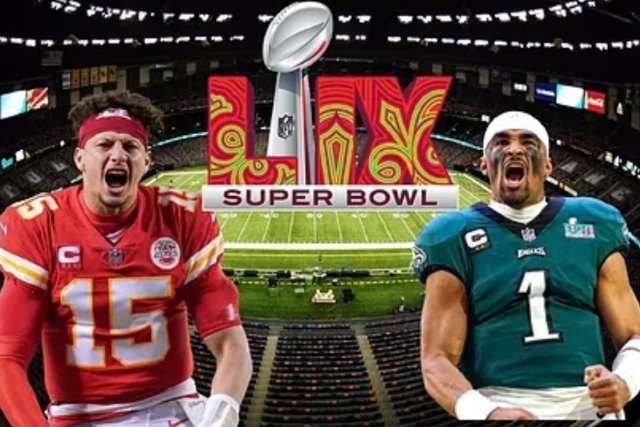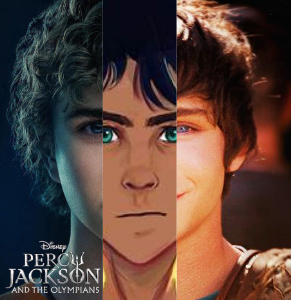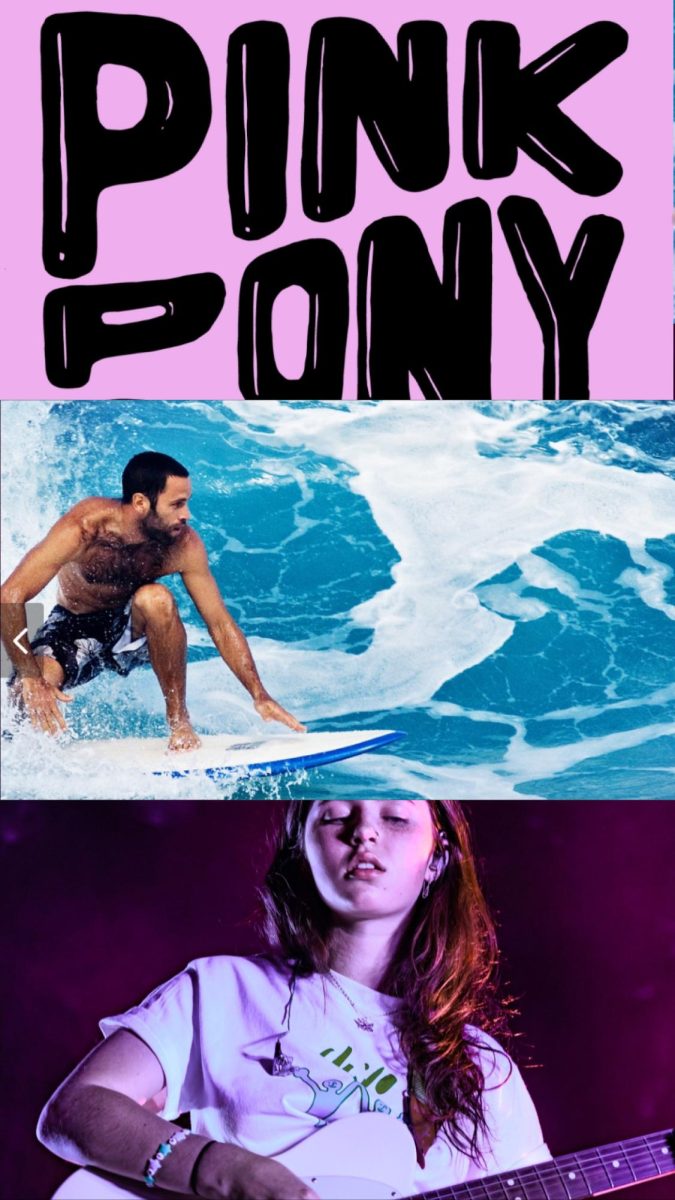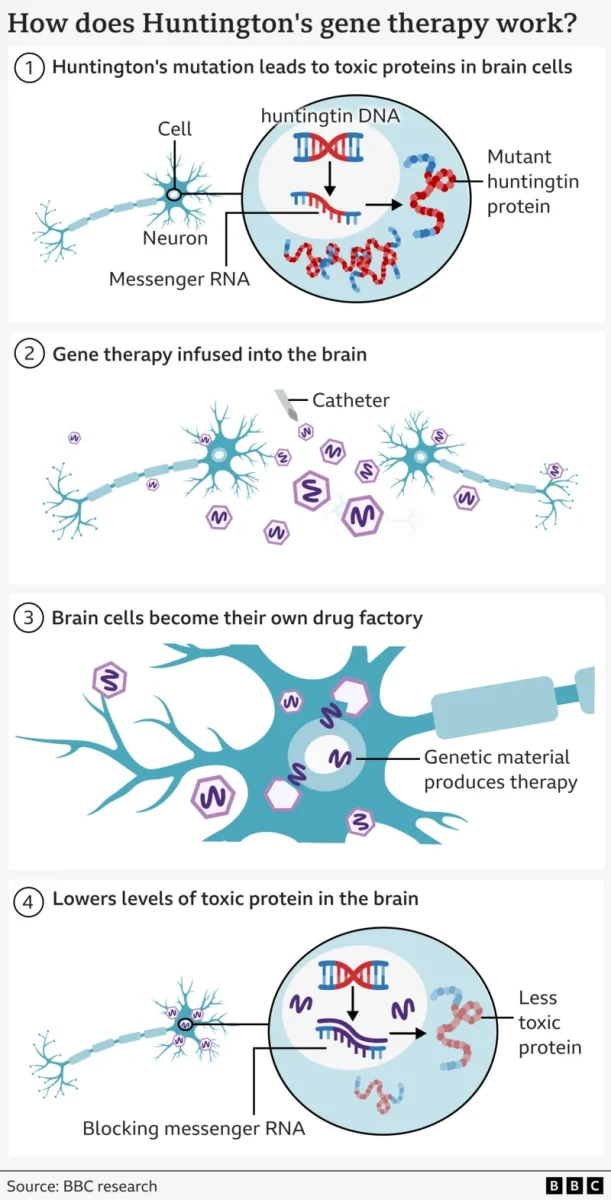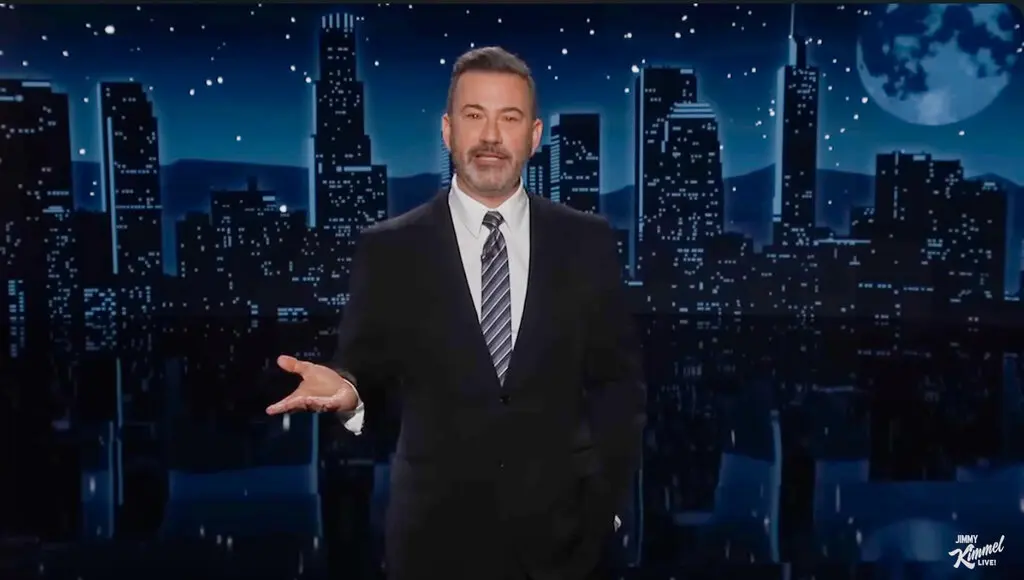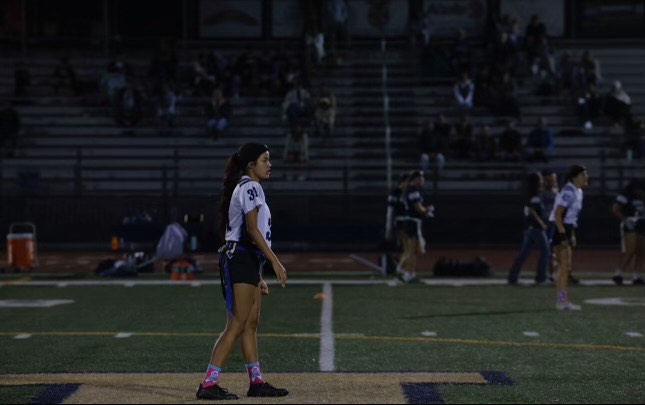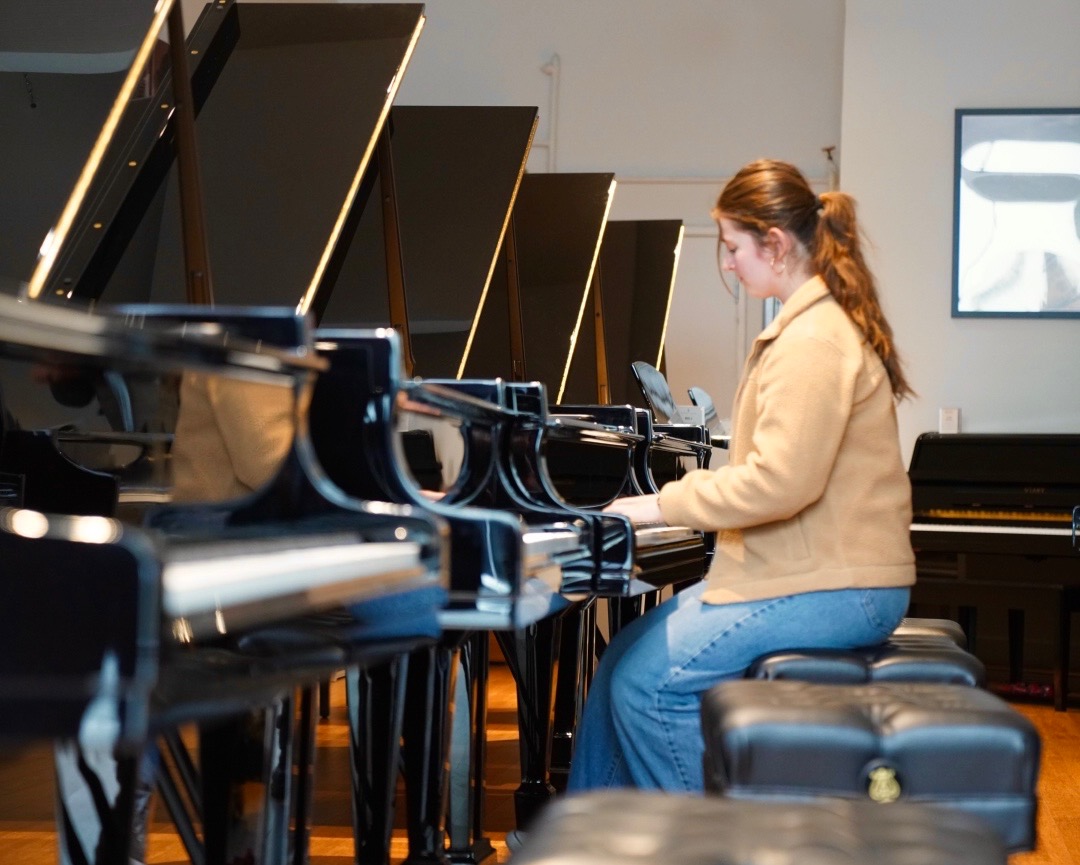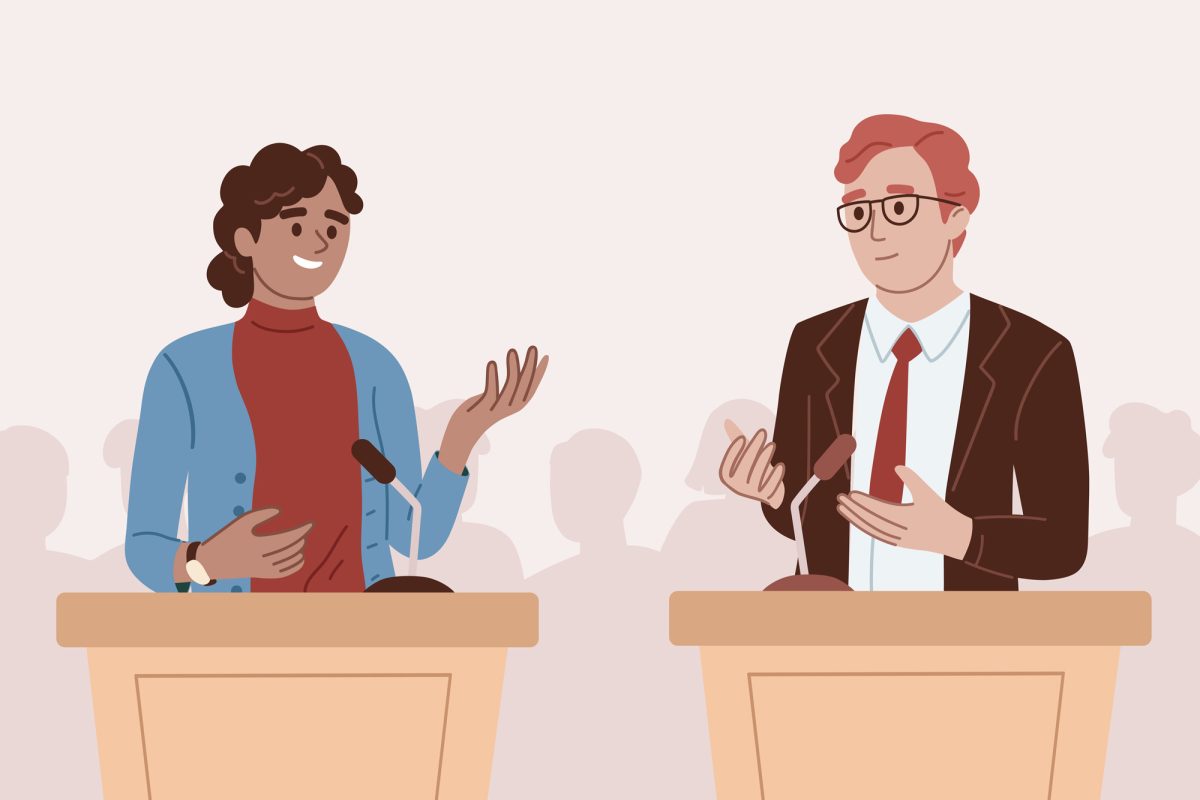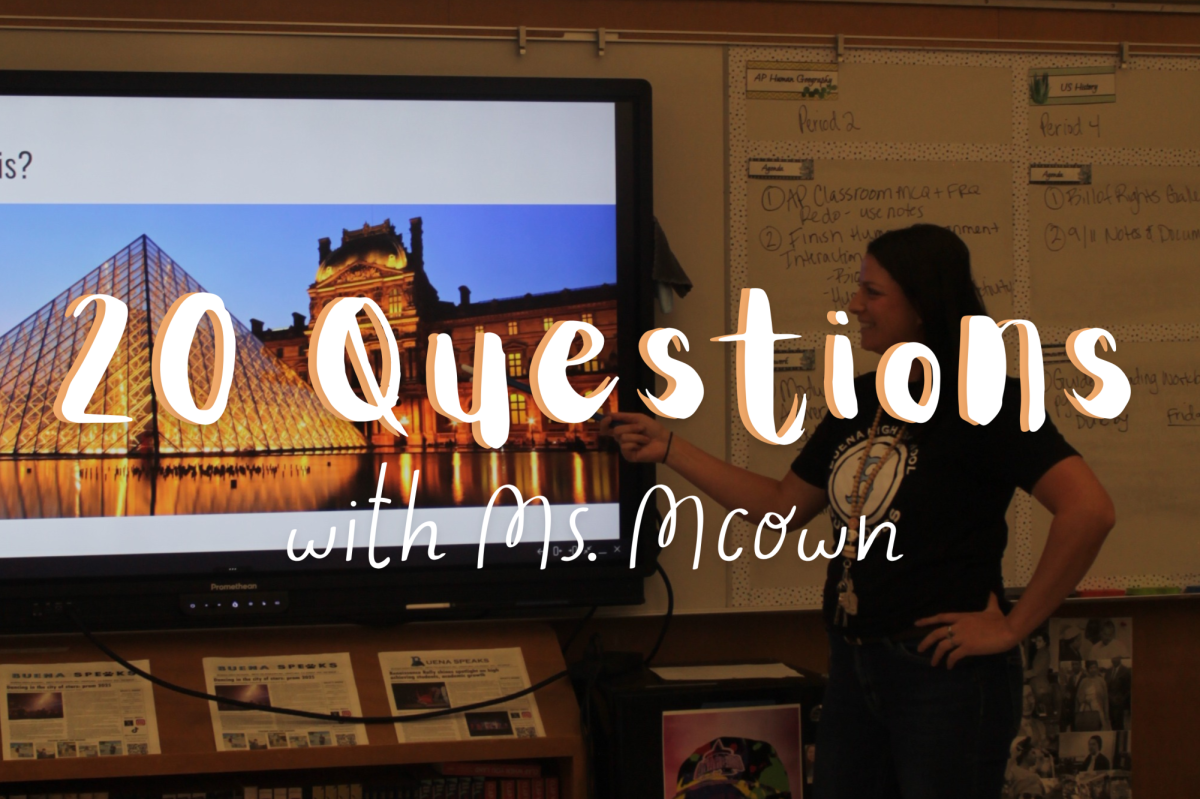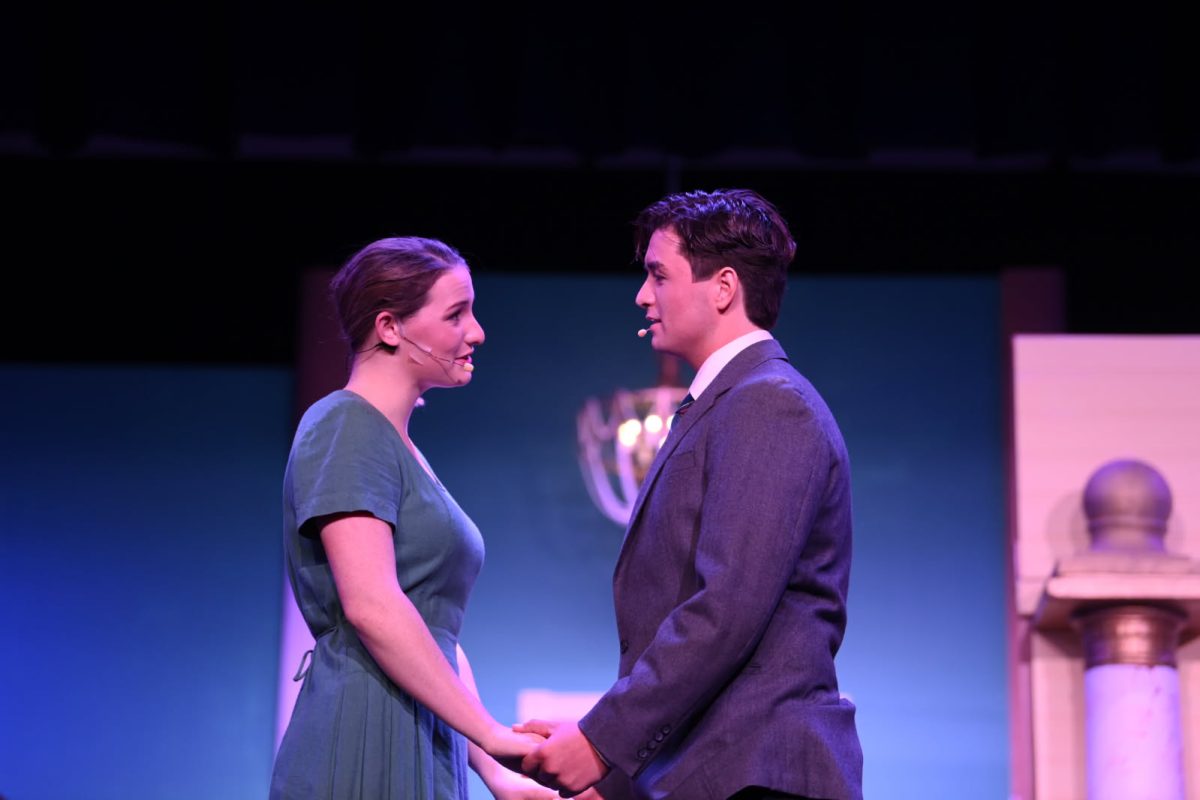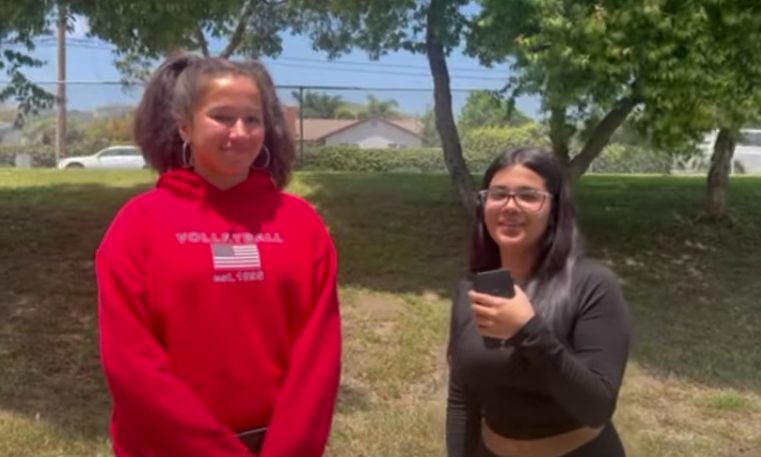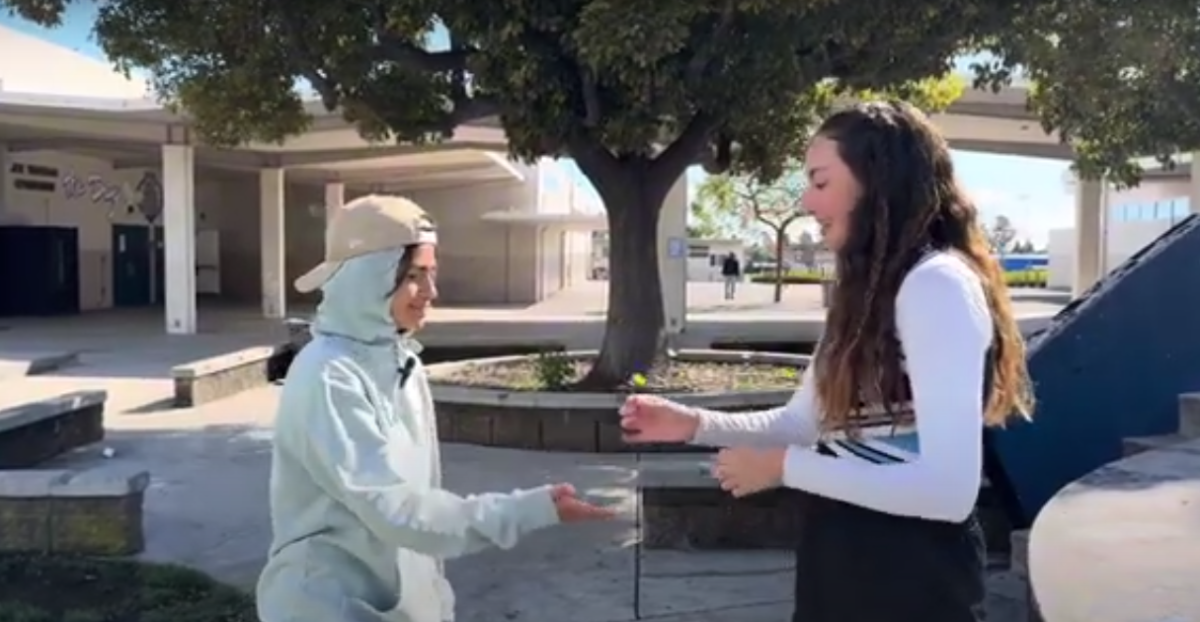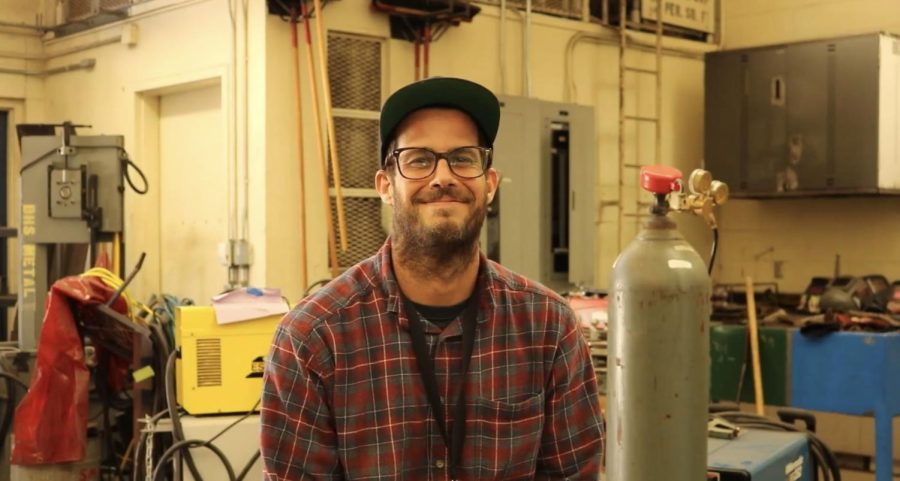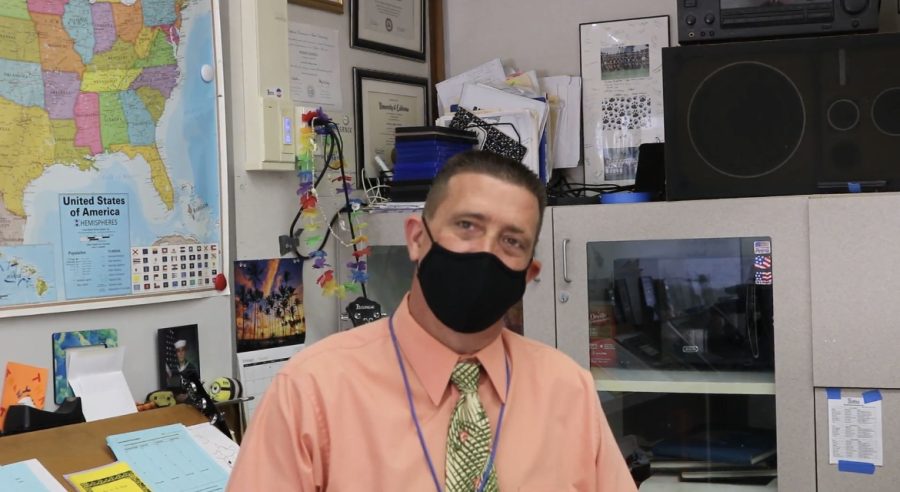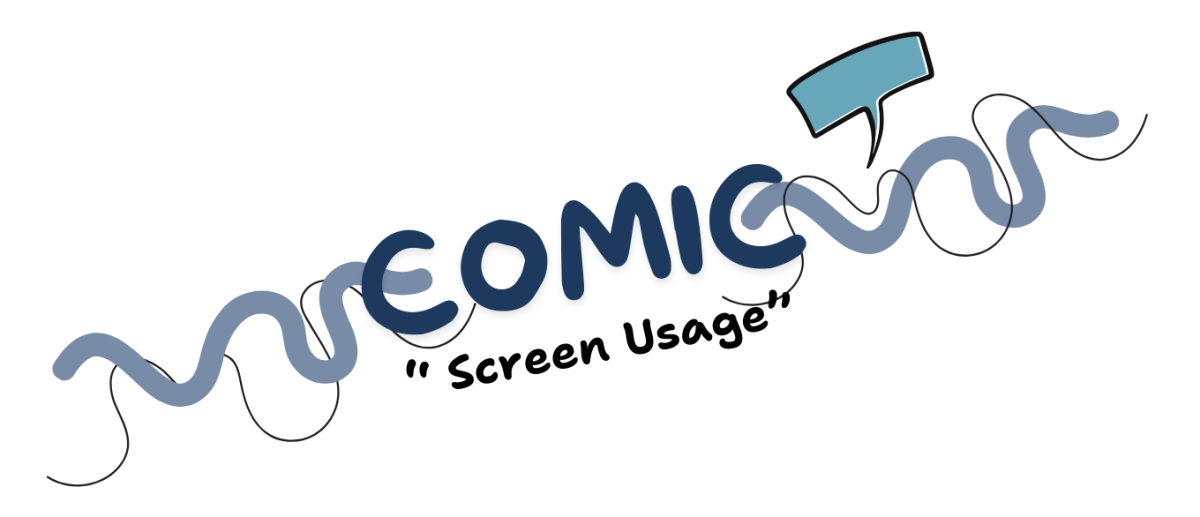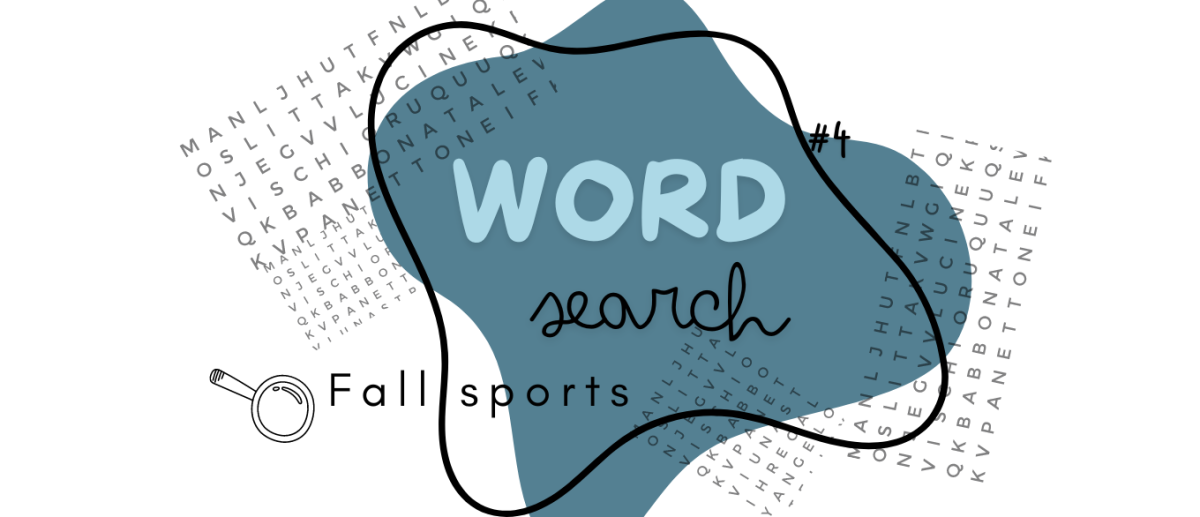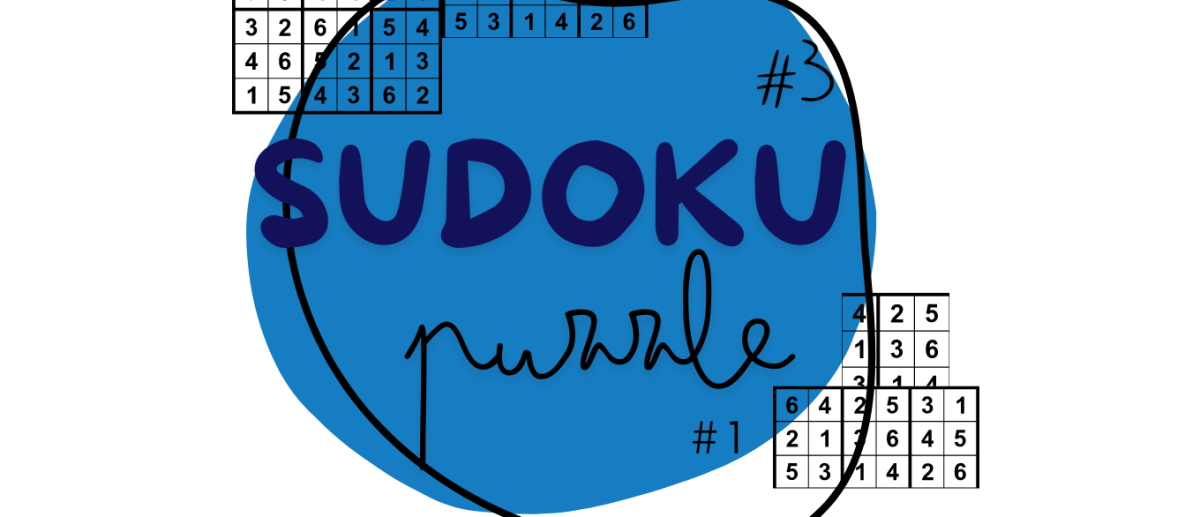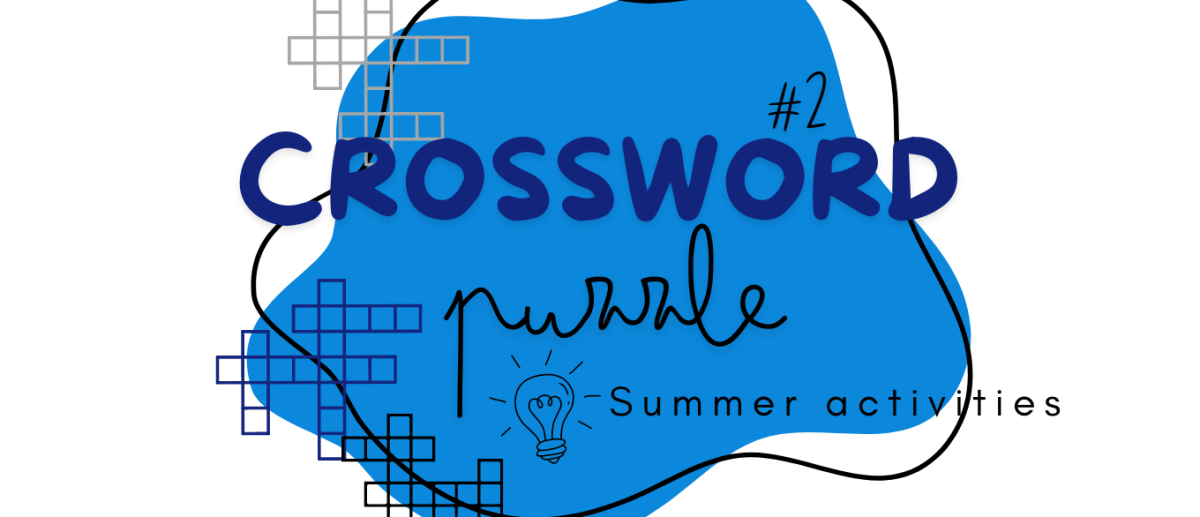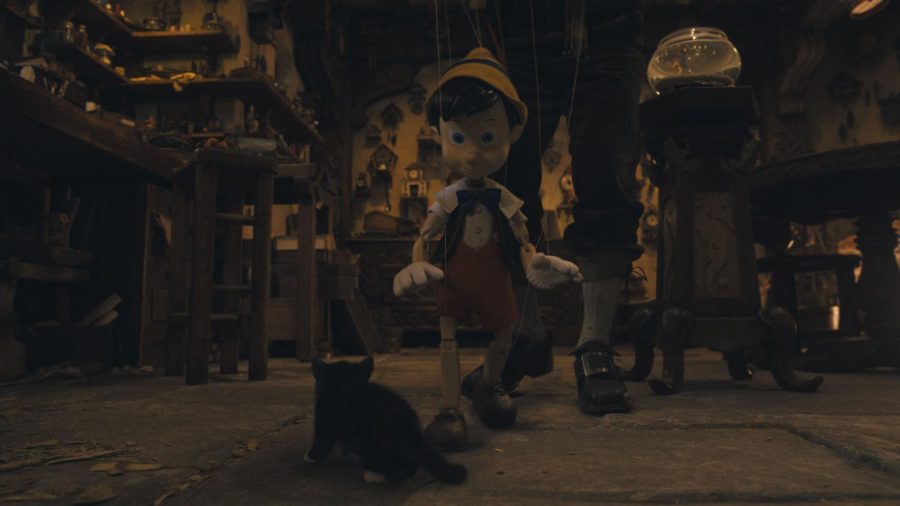Pinocchio: a remake held up by only strings
Pinocchio being puppeteered by Geppeto before he is magically turned alive.
October 11, 2022
The live action remake of the 1940 Disney classic, Pinocchio, was released exclusively on streaming service, Disney Plus, Sept. 8. Despite the remakes’ impressive visual effects, the added changes to modernize the story overcomplicate the Disney classic.
The film did not actually begin development until Jan. 28 of 2020, with Robert Zemeckis to direct, best known for Back to the Future. Along with actor Tom Hanks, a frequent collaborator with Zemeckis, best known for his roles in Forrest Gump and Cast Away, signed on to play Geppetto. Zemeckis co-wrote the screenplay with Chris Weitz, who did the comedy films American Pie and About a Boy.
The film follows the original disney cartoon adaptation, rather than the 1883 serialized italian kids novel. The moral of Pinocchio, both of the book and the movie is simple; listen to your parents. Do not smoke, do not drink, do not lie, and go to school. These are all exemplified in the original Disney adaptation, which the remakes plot is identical to.
It starts with Geppetto, an old woodcarver, who wishes upon a star for Pinocchio to come to life. Later that night a blue fairy magically turns Pinocchio alive, but still a puppet, she tells him that he will become a real boy if he “proves himself brave, truthful, and unselfish.”
What follows is several adventures in which Pinocchio learns many lessons, the first of which concerns two strangers, a sly fox named Honest John and his sidekick cat who convinces him to become an actor instead of going to school. The remake attempts to modernize this story.
“Audiences are way more sophisticated, and they don’t want to be spoon fed,” director Zemeckis said in an interview for the Hype website.
This makes sense as film has grown to be more complicated than the murder noir of the 1940’s. However, Pinocchio is a children’s story, they do need to be spoon fed.
One of the first changes in the new adaptation is that Pinocchio makes it to school. In the original, Pinocchio goes with Honest John immediately to prove a simple lesson: do not listen to strangers. In addition, when Pinocchio makes it to school he is kicked out for being a puppet, this added complexity of discrimination is not present in any Pinocchio, nor the lesson of this particular story, and then he is forced to go with Honest John.
This overcomplexization is repeated with more changes and even an entirely new character subplot and cut ending.
While the special effects were mesmerizing, they could not make up for the poor writing of the screenplay. They are impressive, characters like Honest John feel as animated as the original compared to the straight faced emotionless characters in the Lion King remake.
The remake is also accompanied by unnecessary additions of new songs by Alan Silvestri, another frequent collaborator of Zemeckis, who cut “Little Wooden Head,” and “Give a Little Whistle,” both important to the original film. Four new songs were added in total, one of which being dedicated to a new character, and to the lesson of peer pressure further complicating the story.
Currently the film has a 27 percent critic score on Rotten Tomatoes and 30 percent in audience score. This is shockingly low when compared to the original which has a 100 percent critic score. Through strange story decisions, and an attempt to modernize the classic tale, the Pinocchio remake feels old compared to the 80 year-old Disney classic.



